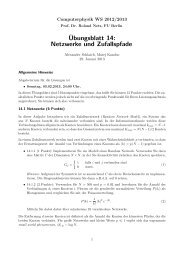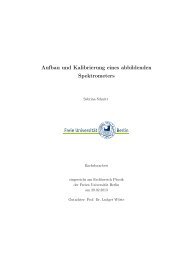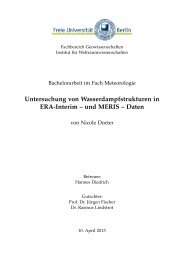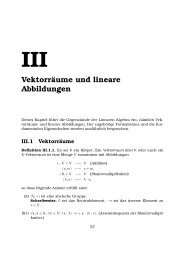Chapter 8—Capital Budgeting Process and Techniques - Userpage
Chapter 8—Capital Budgeting Process and Techniques - Userpage
Chapter 8—Capital Budgeting Process and Techniques - Userpage
Create successful ePaper yourself
Turn your PDF publications into a flip-book with our unique Google optimized e-Paper software.
. capital budgeting.<br />
c. capital hedging.<br />
d. capital investment.<br />
ANS: B DIF: E REF: Introduction<br />
47. Capital budgeting techniques should:<br />
a. full account for expected risk <strong>and</strong> return.<br />
b. recognize the time value of money.<br />
c. lead to higher stock prices when applied.<br />
d. all of the above.<br />
ANS: D DIF: M REF: 8.1 Introduction to Capital <strong>Budgeting</strong><br />
48. The accounting rate of return is calculated as:<br />
a. sales/stock price<br />
b. net income/stock price<br />
c. sales/book value of assets<br />
d. net income/book value of assets<br />
ANS: D DIF: E REF: 8.2 Accounting-Based Methods<br />
49. The accountings rate of return:<br />
a. uses net cash flows.<br />
b. does not take into account the time value of money.<br />
c. uses an objectively determined hurdle rate.<br />
d. all of the above.<br />
ANS: B DIF: M REF: 8.2 Accounting-Based Methods<br />
50. The main virtue of the payback method is its:<br />
a. simplicity.<br />
b. complexity.<br />
c. completeness.<br />
d. thoroughness.<br />
ANS: A DIF: E REF: 8.3 Payback Methods<br />
51. The payback method:<br />
a. fails to explicitly consider the time value of money.<br />
b. is the amount of time it takes for a project to recoup its profits.<br />
c. is the best method for evaluating complex projects.<br />
d. is never used by businesses today.<br />
ANS: A DIF: M REF: 8.3 Payback Methods<br />
52. A problem with the payback method is:<br />
a. it assigns a 0 percent discount rate to cash flows that occur before the cutoff point.<br />
b. it assigns a 10 percent discount rate to cash flows that occur before the cutoff point.<br />
c. it assigns a 20 percent discount rate to cash flows that occur before the cutoff point.<br />
d. it assigns a 30 percent discount rate to cash flows that occur before the cutoff point.<br />
ANS: A DIF: E REF: 8.3 Payback Methods<br />
53. As the discount rate increases, the NPV of a project:<br />
a. increases.


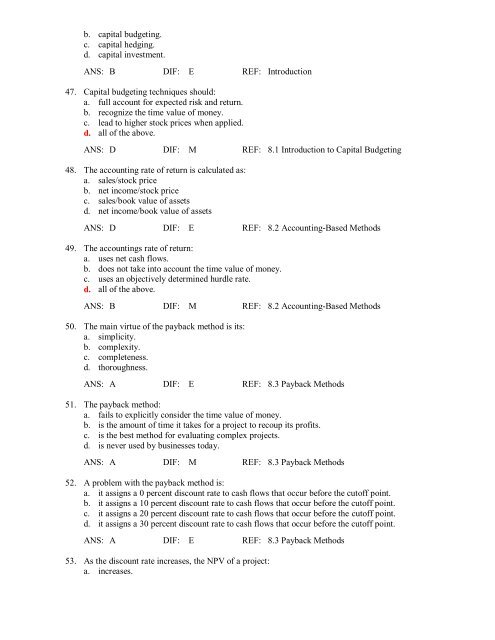

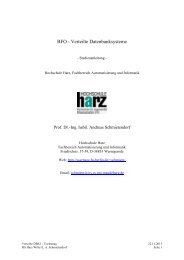
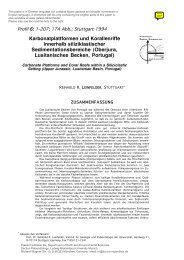


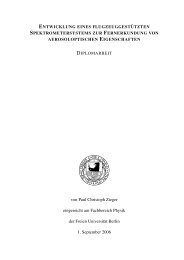
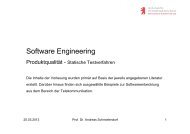

![[UNBEGRENZTE MÖGLICHKEITEN?] - Userpage](https://img.yumpu.com/22343335/1/184x260/unbegrenzte-moglichkeiten-userpage.jpg?quality=85)
